Related Research Articles

James V was King of Scotland from 9 September 1513 until his death in 1542. He was crowned on 21 September 1513 at the age of seventeen months. James was the son of King James IV and Margaret Tudor, and during his childhood Scotland was governed by regents, firstly by his mother until she remarried, and then by his second cousin, John, Duke of Albany. James's personal rule began in 1528 when he finally escaped the custody of his stepfather, Archibald Douglas, Earl of Angus. His first action was to exile Angus and confiscate the lands of the Douglases.

Mary of Guise, also called Mary of Lorraine, was a French noblewoman of the House of Guise, a cadet branch of the House of Lorraine and one of the most powerful families in France. She was Queen of Scotland from 1538 until 1542, as the second wife of King James V. As the mother of Mary, Queen of Scots, she was a key figure in the political and religious upheaval that marked mid-16th century Scotland, ruling the kingdom as regent on behalf of her daughter from 1554 until her death in 1560.

David Beaton was Archbishop of St Andrews and the last Scottish Cardinal prior to the Reformation.
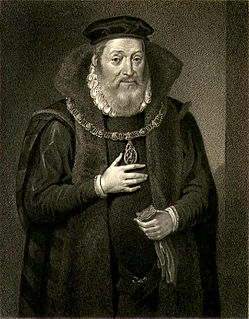
James Hamilton, 1st Duke of Châtellerault, 2nd Earl of Arran, was a Scottish nobleman and head of the House of Hamilton. A great-grandson of King James II of Scotland, he was heir presumptive to the Scottish throne. Arran was Regent of Scotland during the minority of Mary, Queen of Scots from 1543 to 1554, when he lost the regency to Mary of Guise. At first pro-English and Protestant, he converted to Catholicism in 1543 and supported a pro-French policy. He reluctantly agreed to Mary's marriage to Francis, eldest son of King Henry II of France, and was rewarded by Henry by being made Duke of Châtellerault in 1549. During the Scottish Reformation, Châtellerault joined the Protestant Lords of the Congregation to oppose the regency of Mary of Guise, and lost his French dukedom as a result.
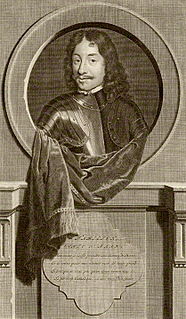
James Hamilton, 3rd Earl of Arran (1537–1609) was a Scottish nobleman and soldier who opposed the French-dominated regency during the Scottish Reformation. He was the eldest son of James Hamilton, Duke of Châtellerault, sometime regent of Scotland. He was of royal descent, and at times was third or fourth in succession to the Scottish crown; several royal marriages were proposed for him, but he eventually never married. He went to France with Mary, Queen of Scots, where he commanded the Scots Guards. After returning to Scotland, he became a leader of the Protestant party against Mary and her French supporters. However, he went insane in 1562 and was confined for the rest of his life.
The Treasurer was a senior post in the pre-Union government of Scotland, the Privy Council of Scotland.
Robert Lauder of The Bass was an important noble in Haddingtonshire, the Merse, and Fife. Stodart remarks that "to 1600 the barons of the Bass sat in almost every parliament". He was a firm supporter of Mary, Queen of Scots whom he accompanied to Carberry Hill on 14 June 1567, and fought for at the battle of Langside.
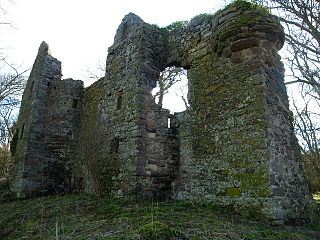
Adam Otterburn of Auldhame and Redhall was a Scottish lawyer and diplomat. He was king's advocate to James V of Scotland and secretary to Mary of Guise and Regent Arran.
James Kirkcaldy of Grange, a Fife laird and treasurer of Scotland.
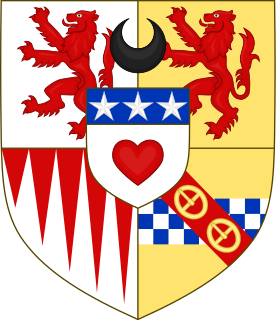
George Douglas of Pittendreich was a member of the powerful Red Douglas family who struggled for control of the young James V of Scotland in 1528. His second son became James Douglas, 4th Earl of Morton and Regent of Scotland. Initially, George Douglas promoted the marriage of Mary, Queen of Scots and Prince Edward of England. After war was declared between England and Scotland he worked for peace and to increase the power of Mary of Guise, the widow of James V.
Marion Ogilvy was the mistress of Cardinal David Beaton an advisor of James V of Scotland.
Katherine Bellenden was a courtier working in the wardrobe of James V of Scotland. Her niece of the same name was similarly employed.
Sir James Colville of Easter Wemyss was a Scottish administrator, lord of session and diplomat.
The Comptroller of Scotland was a post in the pre-Union government of Scotland.
Sir James Sandilands was a courtier to King James VI and I and captain of Blackness Castle
David Carnegie of Colluthie (1559-1598) was a Scottish landowner and administrator.
John Boswell of Balmuto (1546-1610) was a Scottish landowner and courtier.

Robert Hamilton of Briggis was a Scottish soldier and military engineer. He was keeper of Linlithgow Palace and Dunbar Castle and was Master of the Scottish artillery.
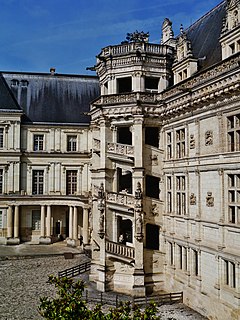
Jean Sinclair was the Scottish nurse of Mary, Queen of Scots.
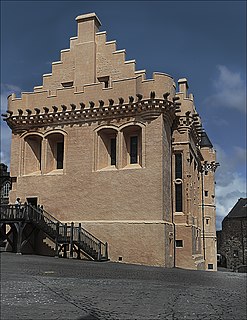
Some of the remaining and ruined Scottish royal palaces have kitchens, and the halls or chambers where food was served, and rooms where food and tableware were stored. There is an extensive archival record of the 16th-century royal kitchen in the series of households accounts in the National Records of Scotland, known as the Liber Emptorum, the Liber Domicilii and the Despences de la Maison Royale, which are daily records of the purchase of food and drink. The royal kitchens in the 1530s employed around 60 people. Supplies of food for the royal household were known as "furnishing" and were usually managed by the Masters of the Household. Charles II came to Scotland in 1650 and a new Scottish household was created for him, and an account of food and spices survives for his stay at Falkland, Stirling, and Perth, where he may have stayed in the old Gowrie House.
References
- ↑ Athol Murray, Financing the Royal Household, Renaissance and Reformation in Scotland (Scottish Academic Press, 1983), p. 56.
- ↑ State Papers Henry VIII, vol. 5 (London, 1836), p. 141.
- ↑ Amy Blakeway, Regency in Sixteenth-Century Scotland (Woodbridge, 2015), pp. 116-7.
- ↑ James Balfour Paul, Accounts of the Treasurer, vol. 10 (Edinburgh, 1913), p. 7.